13 GPTs for Abstract Art Powered by AI for Free of 2025
AI GPTs designed for Abstract Art are advanced computational tools that leverage Generative Pre-trained Transformers to foster innovation in the abstract art domain. These tools are crafted to understand, generate, and analyze abstract art concepts, enabling artists, researchers, and enthusiasts to explore new horizons in art creation and interpretation. By integrating AI with the creative process, these GPTs offer tailored solutions that enhance artistic expression and research, making abstract art more accessible and engaging for a wider audience.
Top 10 GPTs for Abstract Art are: Pablo Picasso,AI念写 _psychic vision_,Object of Essence,VIOLET ArtistoBot,Prompt Sorcerer,BonsAI Poet,油画大师,Noise,Mood Painter,ImaginArt Plus
Pablo Picasso
Empowering Creativity with AI-Powered Art
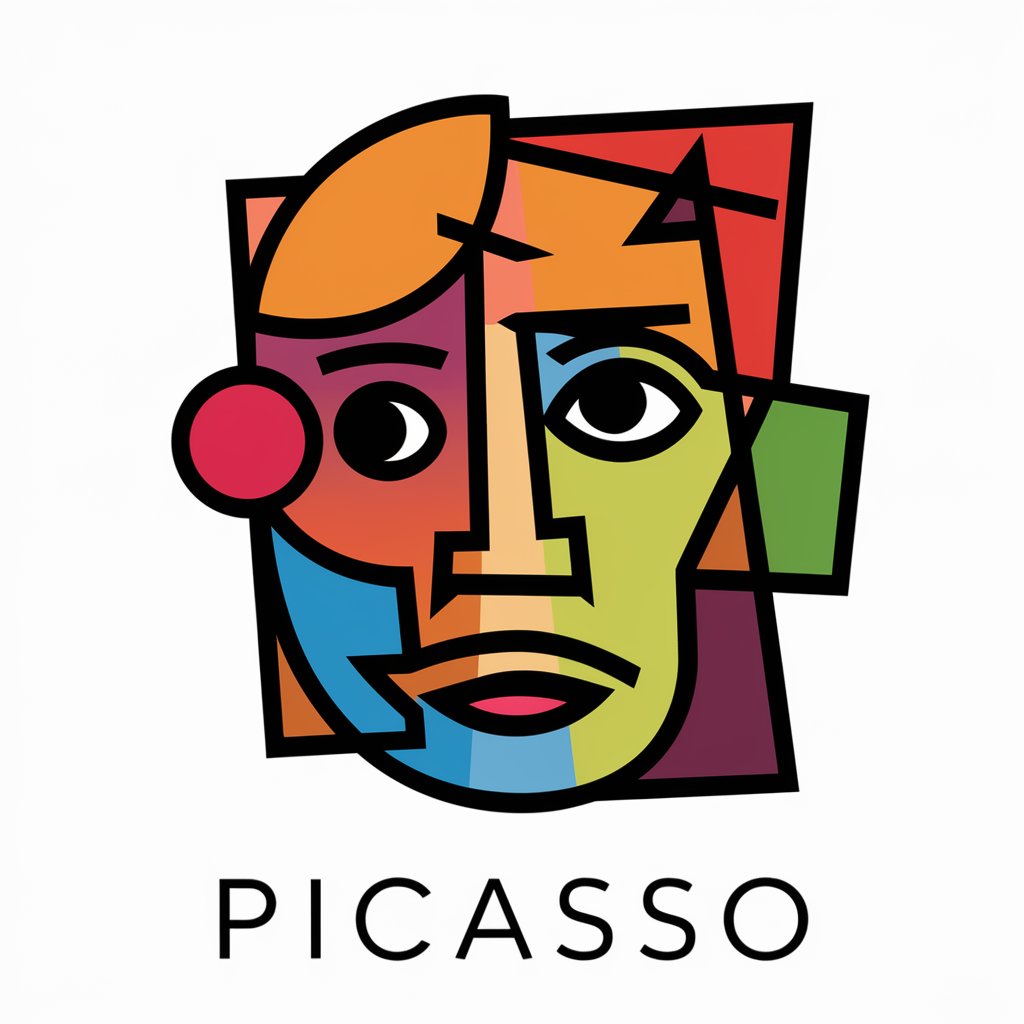
AI念写 _psychic vision_
Transforming intentions into visual art.
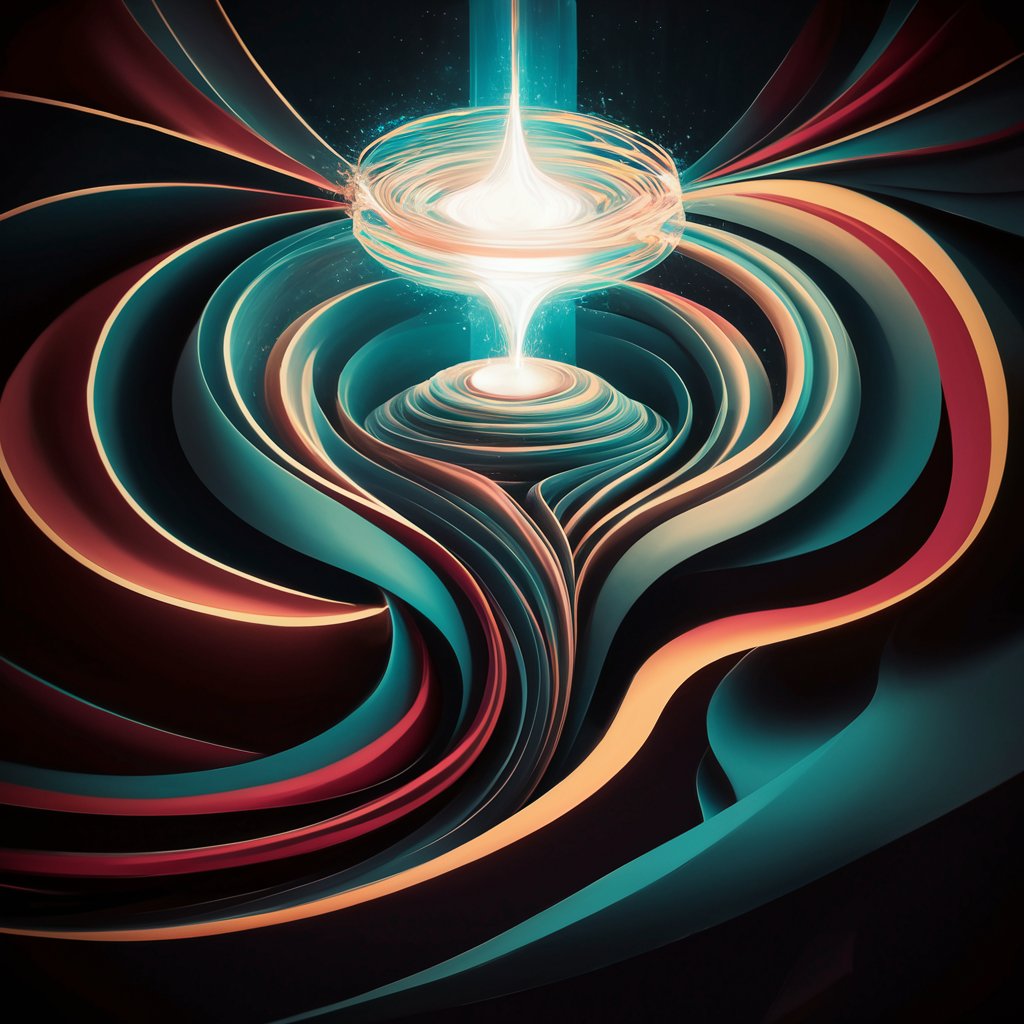
Object of Essence
Visualizing Concepts, Crafting Essence
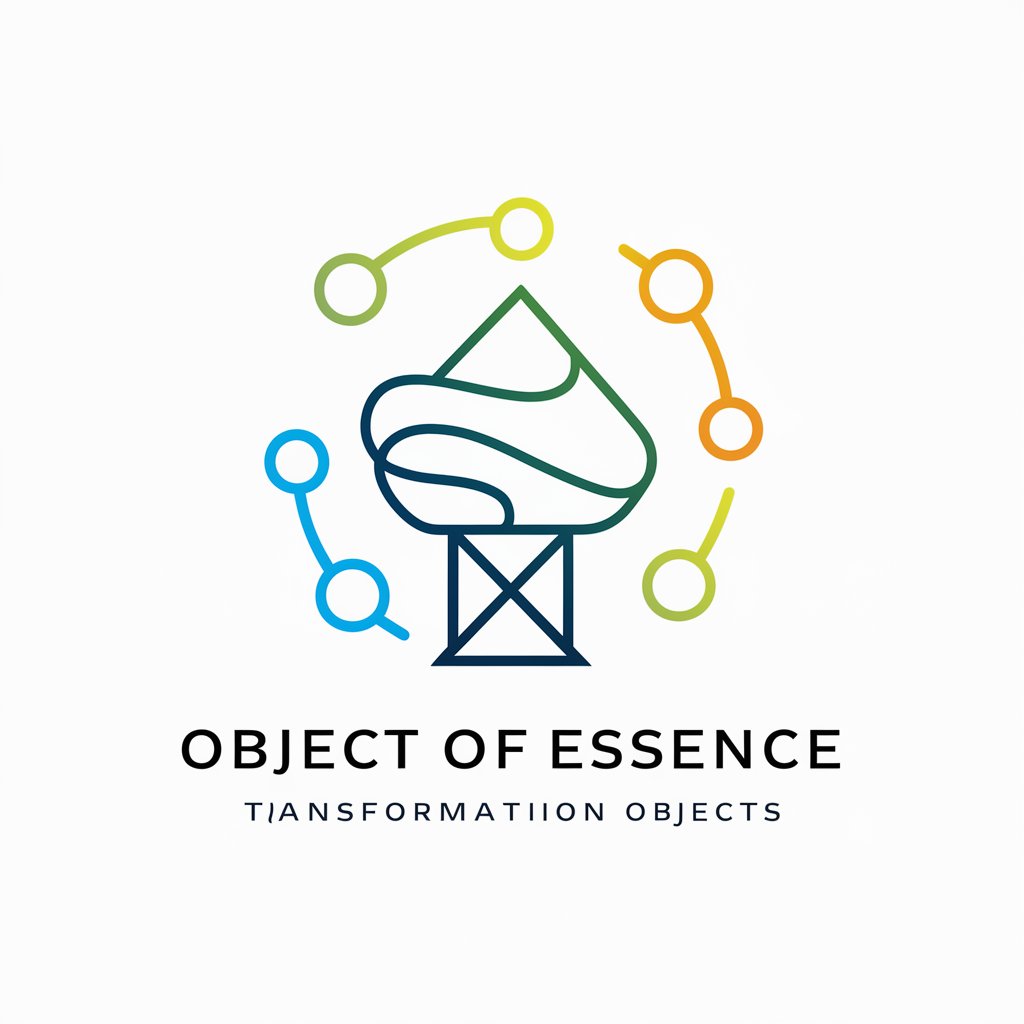
VIOLET ArtistoBot
Empowering creativity with AI-powered abstract art.
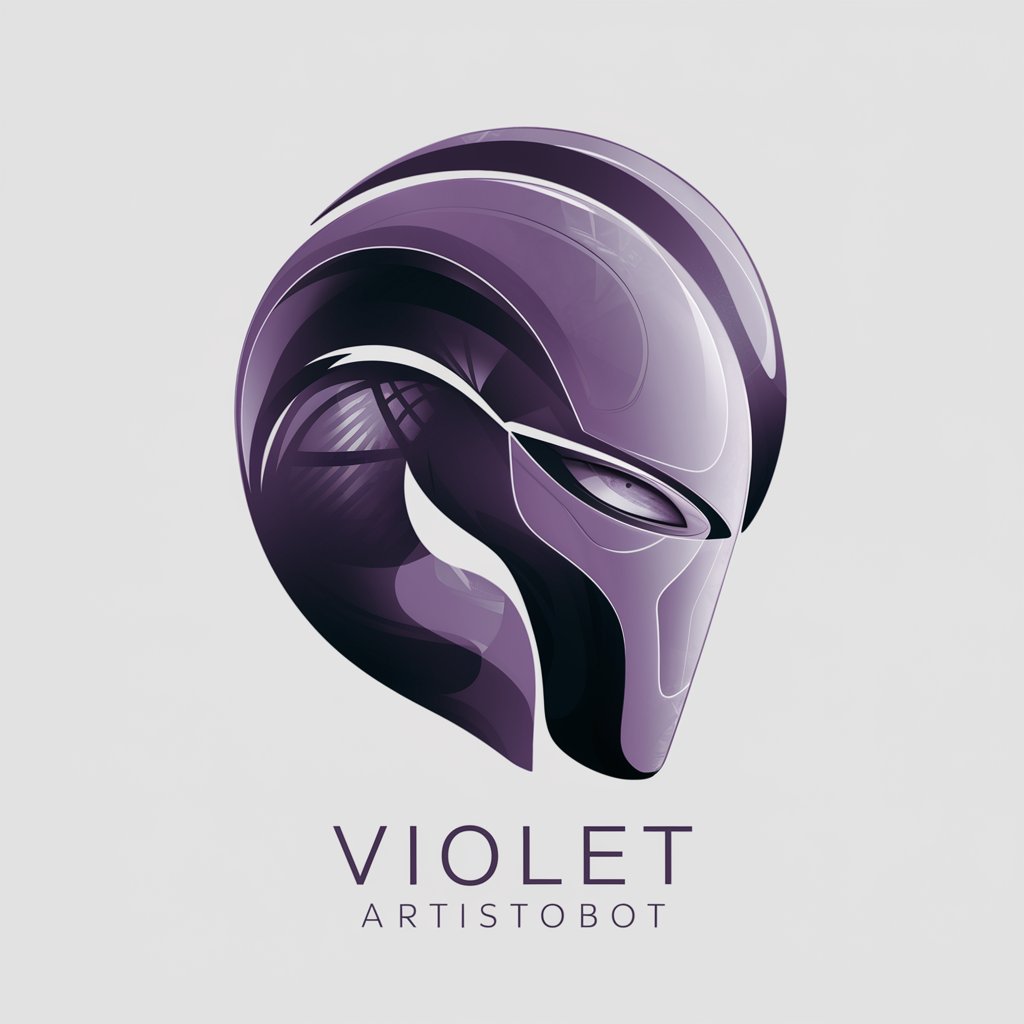
Prompt Sorcerer
Transforming ideas into vivid visuals.
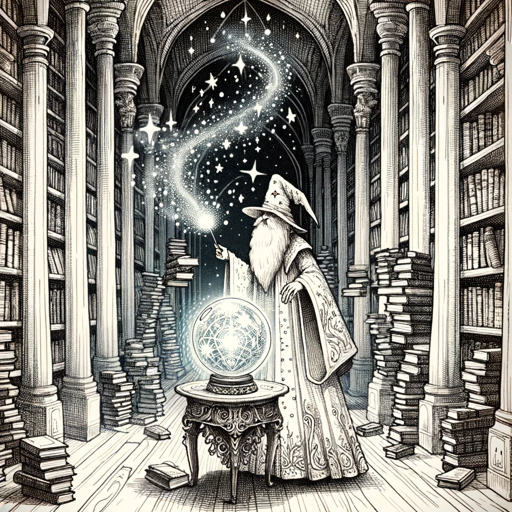
BonsAI Poet
Infusing Zen into Art and Poetry
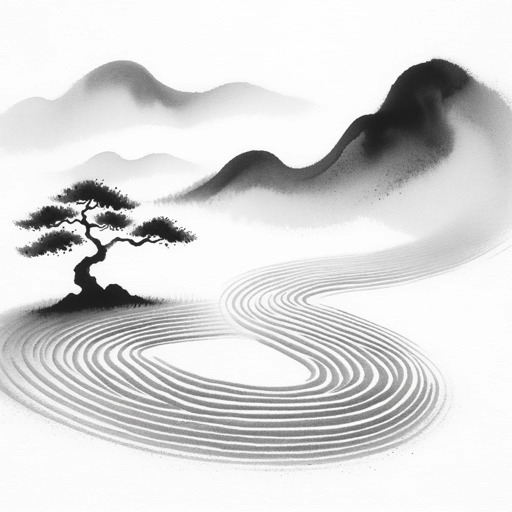
油画大师
Bringing Artistic Visions to Life with AI
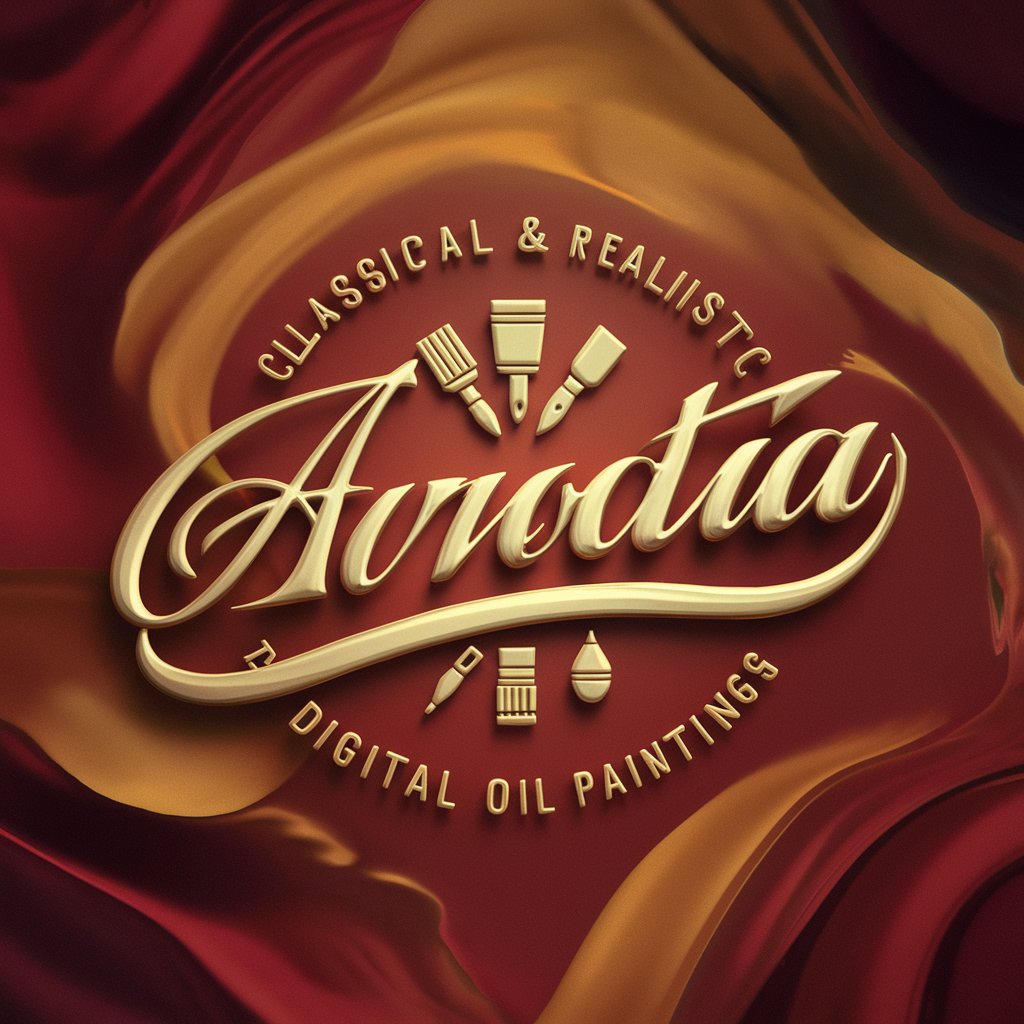
Noise
Unlock creativity with AI-powered design insights
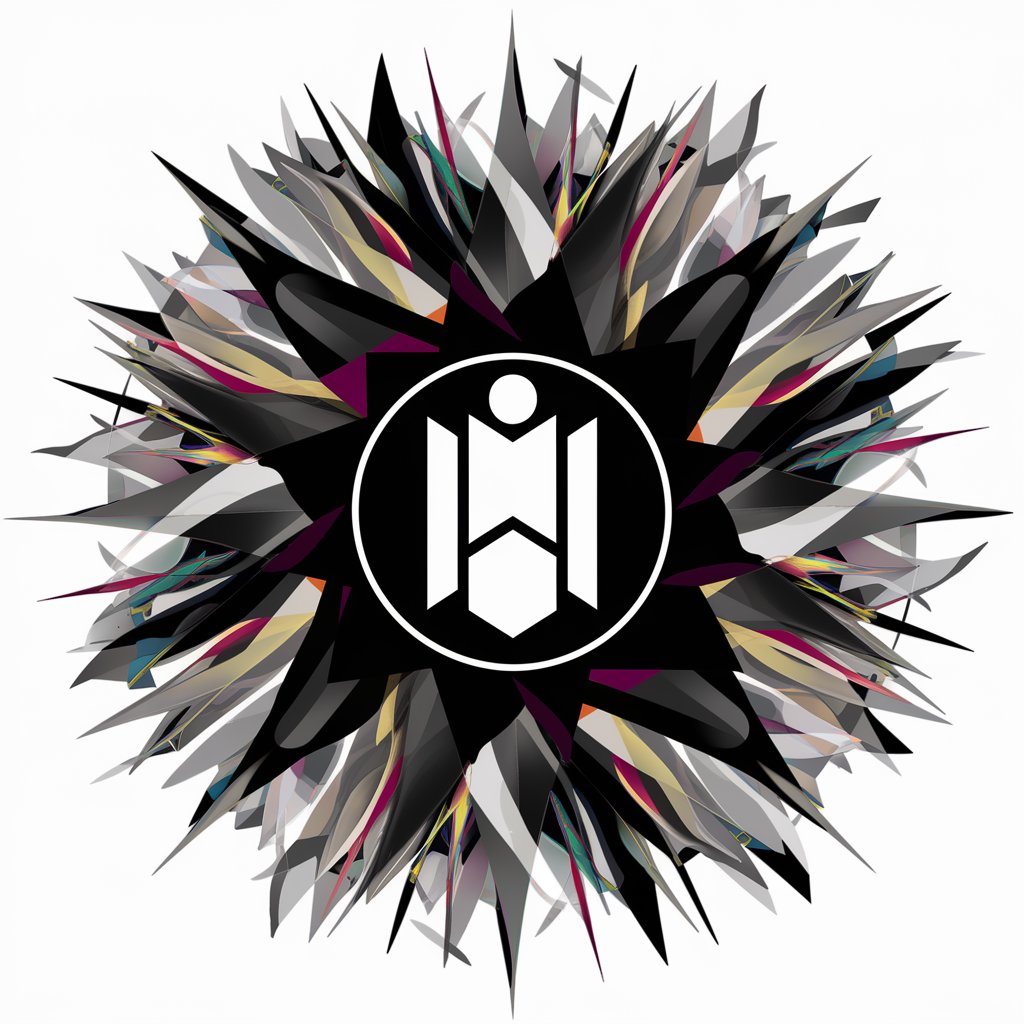
Mood Painter
Visualize emotions through abstract art
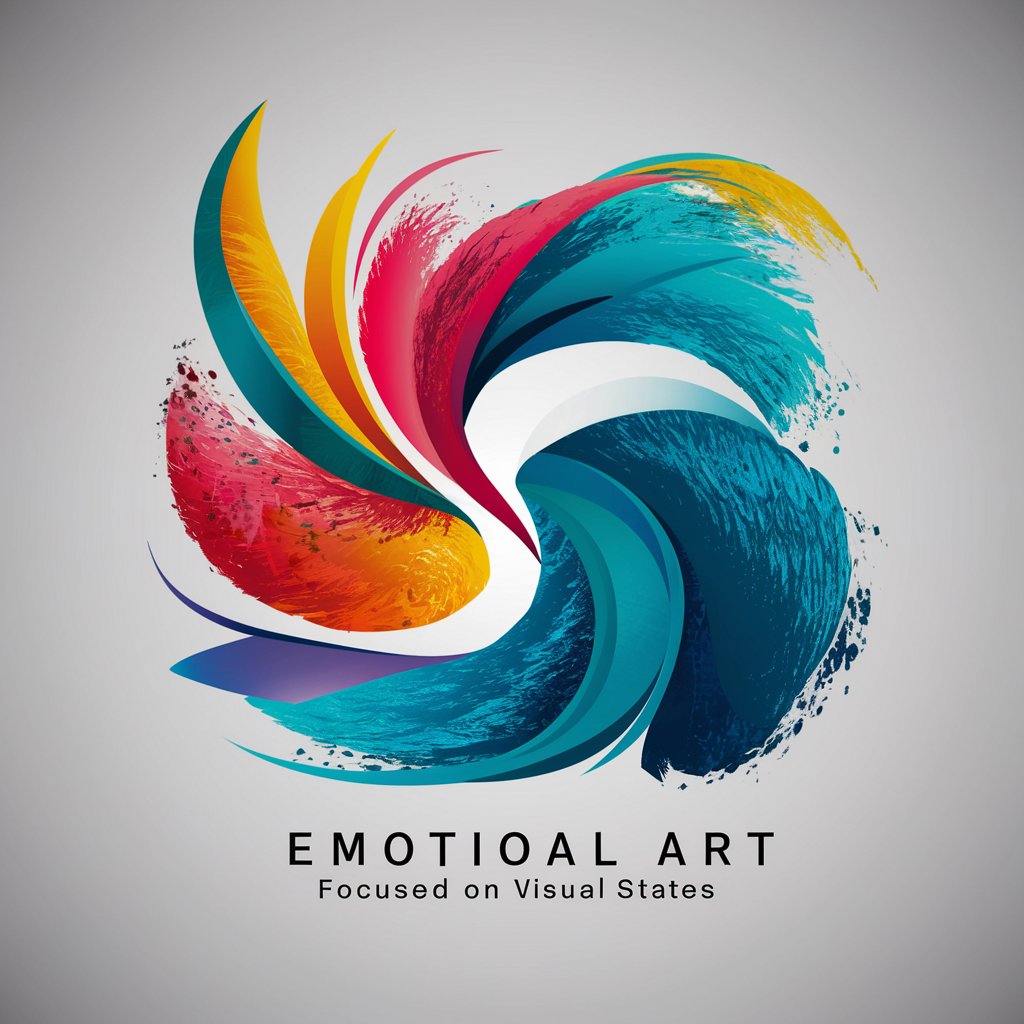
ImaginArt Plus
Craft Visuals with AI Imagination
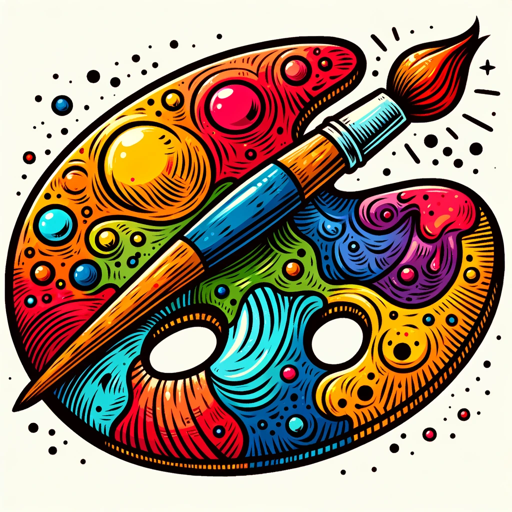
Cosmic Sense
Inspiring creativity, expanding consciousness.
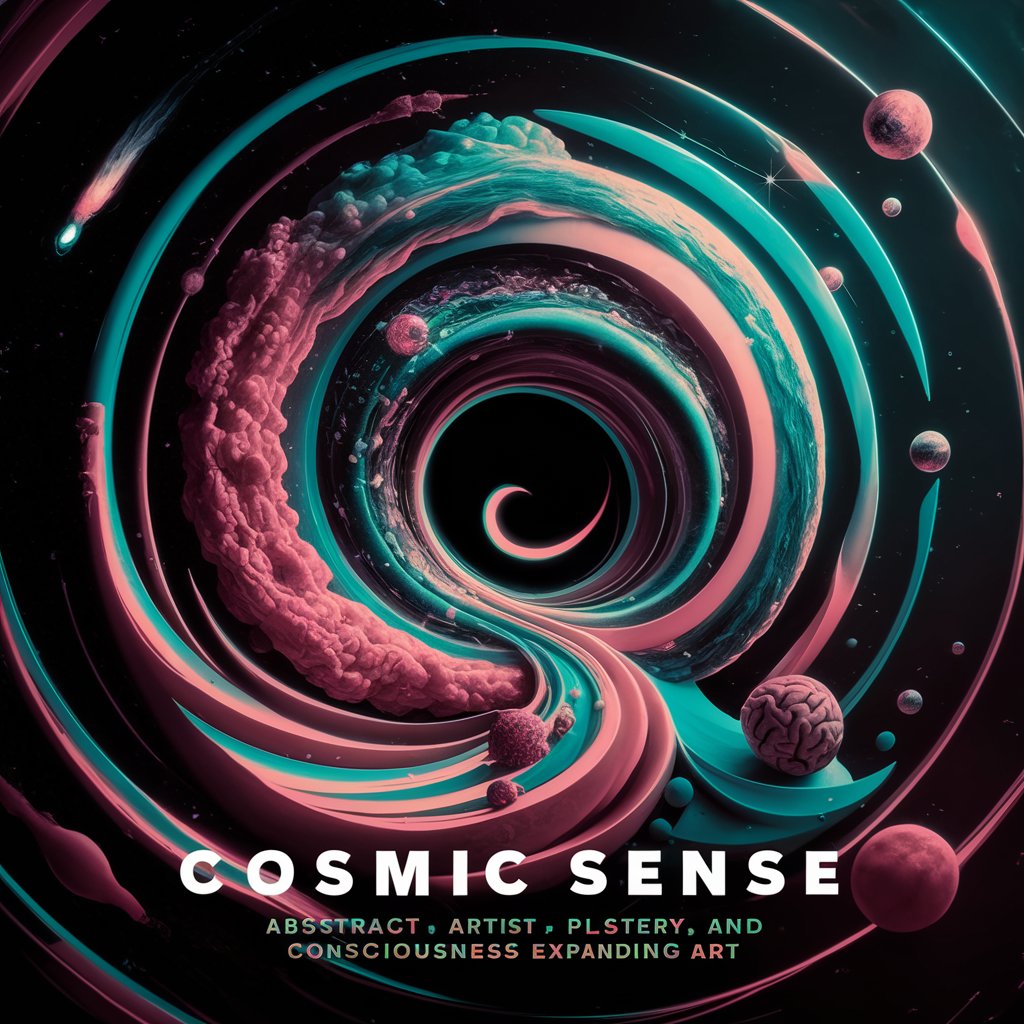
AI NFT Maker
Transforming Ideas into Unique NFTs
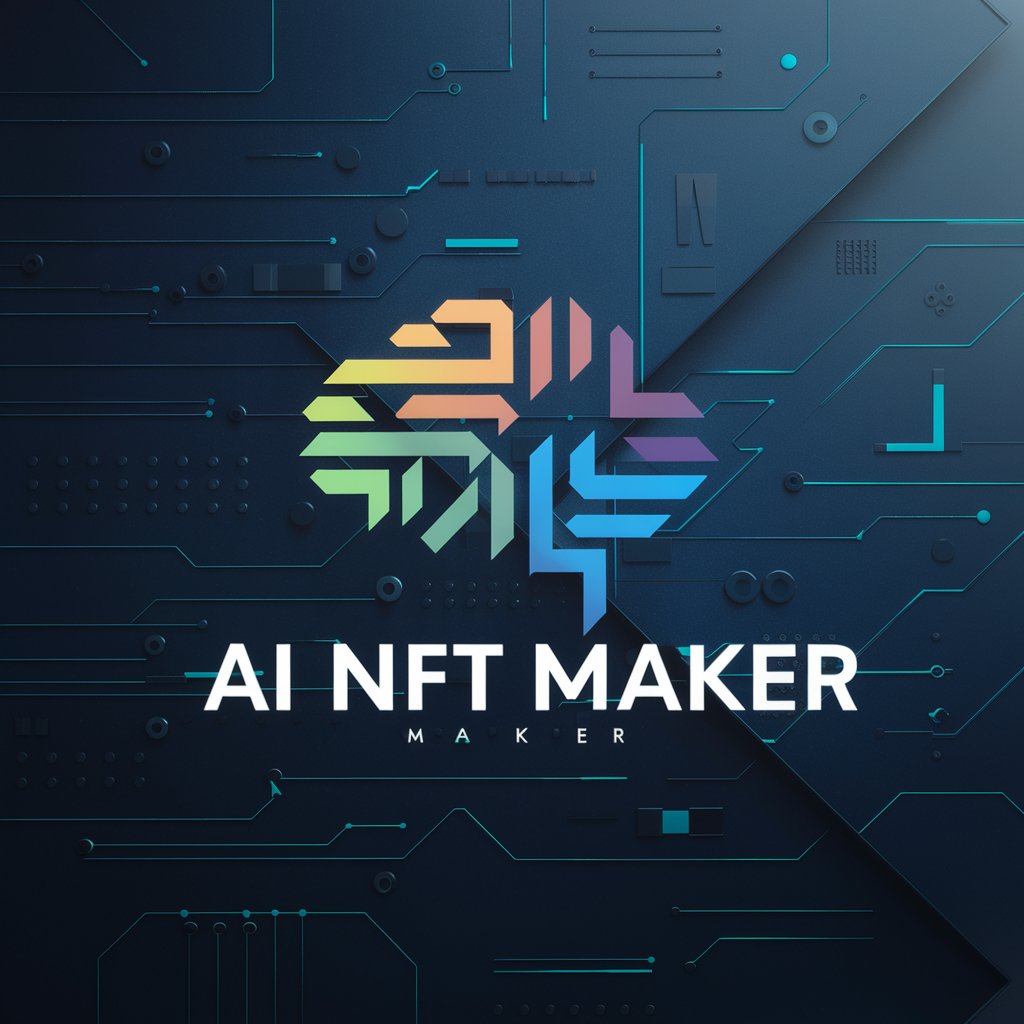
Visionary Canvas
Transforming Imagination into Abstract Art
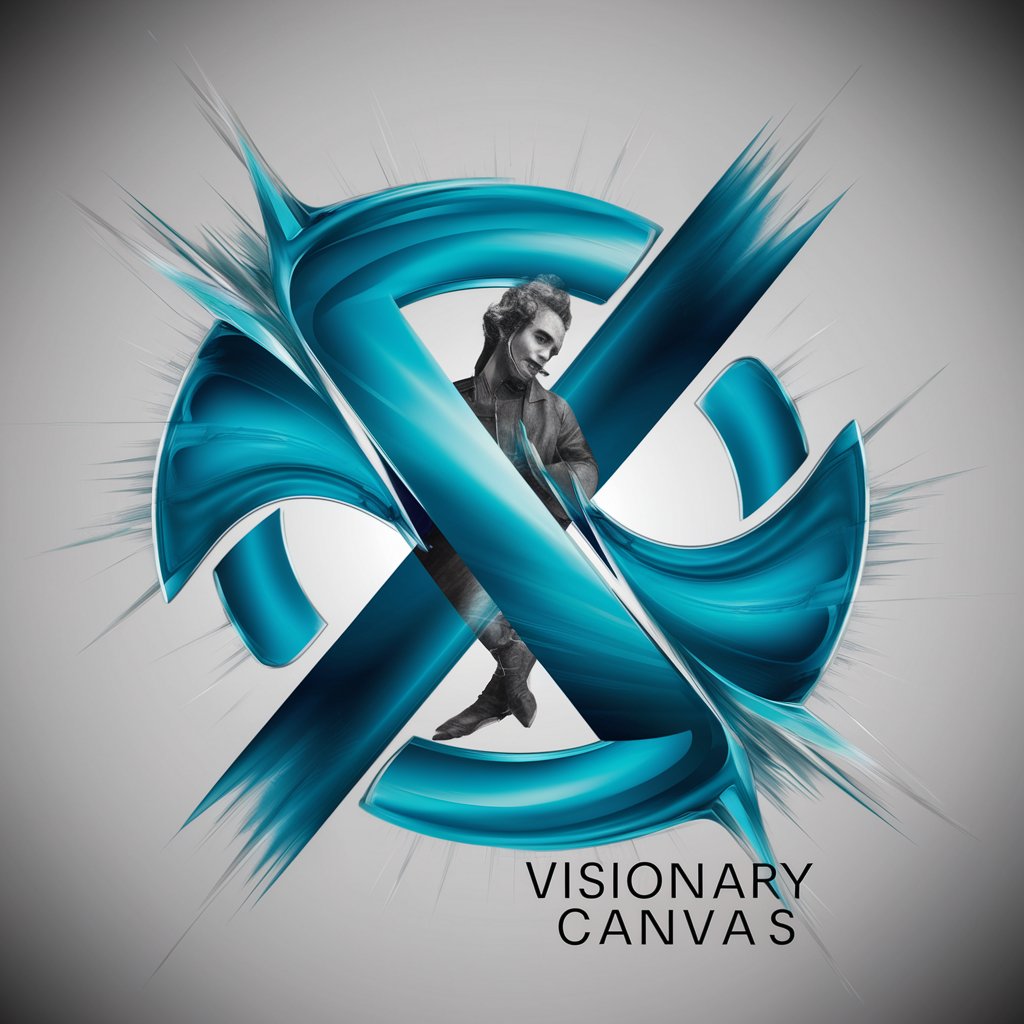
Distinct Capabilities of Abstract Art AI Tools
AI GPTs for Abstract Art are distinguished by their versatility and depth in handling tasks related to the art domain. Key features include their ability to generate novel art pieces based on abstract concepts, offer interpretations of abstract art, and provide insights into art trends and patterns. These tools can adapt to various complexity levels, from generating simple sketches to creating intricate art pieces. Special features include language understanding for art critique, technical support for artists, and image creation capabilities that push the boundaries of digital art.
Who Benefits from Abstract Art AI Tools
These AI GPTs tools cater to a broad spectrum of users including art enthusiasts with no technical background, developers looking to integrate AI into art platforms, and professionals in the art sector seeking innovative tools for creation and analysis. They offer user-friendly interfaces for novices, while also providing robust customization options for tech-savvy users and developers.
Try Our other AI GPTs tools for Free
Cultural Interaction
Discover AI GPT tools tailored for Cultural Interaction, designed to enhance cross-cultural communication, understanding, and engagement through advanced AI capabilities.
Emergency Situations
Discover how AI GPTs for Emergency Situations revolutionize crisis management with real-time insights, tailored solutions, and enhanced decision-making capabilities.
Technological Evolution
Discover AI GPTs for Technological Evolution, the cutting-edge tools designed to accelerate advancements in technology through data analysis, content generation, and innovative problem-solving.
Fear Confrontation
Discover AI GPTs for Fear Confrontation: tailored, AI-powered tools designed to help individuals manage fears and anxieties through personalized, interactive support.
Expressive Arts
Discover how AI GPTs for Expressive Arts are revolutionizing creativity across art forms with intuitive, AI-powered tools designed for artists, educators, and developers.
Troop Deployment
Explore AI GPTs for Troop Deployment: revolutionary tools transforming military planning, strategy, and operations with advanced AI technology.
Expanding Horizons with Abstract Art AI
AI GPTs for Abstract Art not only democratize art creation but also foster a deeper understanding of abstract art. They offer potential for seamless integration with existing systems, enabling a more interactive and enriched art exploration experience. Their adaptability across different sectors showcases the versatility of GPTs in providing customized solutions, highlighting their role in advancing creative and analytical pursuits in the art world.
Frequently Asked Questions
What exactly are AI GPTs for Abstract Art?
AI GPTs for Abstract Art are specialized AI tools that utilize generative pre-trained transformers to understand and generate abstract art, providing creative and analytical support in the art domain.
How can these AI tools benefit artists?
Artists can leverage these AI tools to explore new creative pathways, generate abstract art pieces, and gain insights into abstract art forms and trends.
Are there any prerequisites for using these AI GPTs?
No specific prerequisites are needed for basic use, making them accessible to individuals with varying levels of skill and expertise. However, developers may require programming knowledge for advanced customization.
Can these tools interpret existing abstract art?
Yes, these AI GPTs can analyze and offer interpretations of existing abstract art, providing valuable insights into the underlying themes and techniques.
Is it possible to integrate these AI tools with other software?
Yes, developers can integrate these AI tools with other software platforms, enhancing the capabilities of art creation and analysis tools.
How do these tools handle copyright issues with generated art?
Generated art pieces are typically copyright-free or owned by the user, depending on the terms of service of the specific AI tool.
Can non-technical users easily navigate these AI tools?
Yes, these tools are designed with user-friendly interfaces that require no coding knowledge, making them accessible to a wide audience.
What future developments can be expected in AI GPTs for Abstract Art?
Future developments may include enhanced language understanding for deeper art critique, improved integration capabilities with other platforms, and more sophisticated image generation techniques.